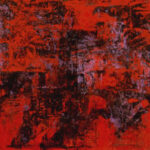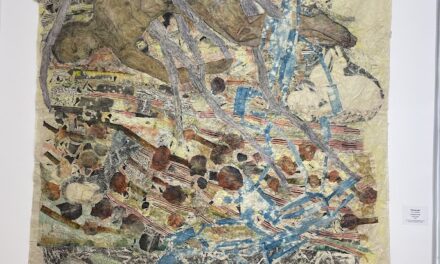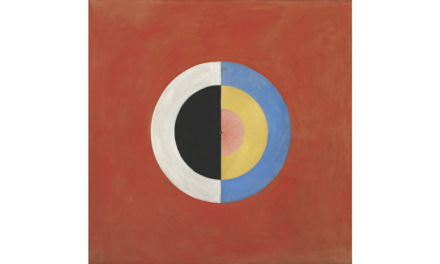
States of mind and psychological positions portrayed through the mind and vision of Edvard Munch

Exploring the deepest fears and phobias of a collective consciounsess
They say that “The Scream” the most famous of Munch’s paintings is one of those paintings that capture the viewer regardless of anything. The communication is so obvious and universal that everyone has some kind of response to it. It was created in a moment of extreme distress and realization that nature is screaming. Munch was taking a walk with some friends and some moment he distanced himself from the group and experienced such an intense epiphany that he claimed later that he heard the nature scream.
This scream is the symbolic of humanity experiencing crises but also nature taking the toll of destructive industrialization that was developing at the time. This is such an universal topic that it is no wonder that this piece communicated to and with the whole of humanity.

Intensity of the mysteriously instinctual and the impact it has on our inner world
Deeply disturbing and never fully formed was the phrase that tormented Munch. Living in this world and interacting with often tragic, disharmonious and dark events painted his emotional world, which in tern Munch translated on canvas. Munch believed that the only true art is the one in which a compulsive need to express the deepest feelings through opening one’s heart.
He regarded painting as a method to discover himself, and thus the name “soul paintings” which is how he regarded the process. The Sick Child was the first in the series of “Soul Paintings” he also kept “Soul’s diary” which helped him greatly to innovate and break free from the Impressionism. He is regarded as the father of expressionism and made a tremendous impact on the whole artistic scene of 20th century.


“Nature is not only all that is visible to the eye… it also includes the inner pictures of the soul.”


Life as a teacher to Munch as a child:
Munch wrote, “My father was temperamentally nervous and obsessively religious—to the point of psychoneurosis. From him I inherited the seeds of madness. The angels of fear, sorrow, and death stood by my side since the day I was born.”

There weren’t many dimensions in Munch’s paintings, the background is almost homogeneous with the main subject which indicates the universal nature of this existence, we are one with our environment and it forms and influences us equally as we influence it.
Bio:
Edvard Munch was a Norwegian painter and printmaker whose intensely evocative treatment of psychological themes built upon some of the main tenets of late 19th-century Symbolism and greatly influenced German Expressionism in the early 20th century. Wikipedia






